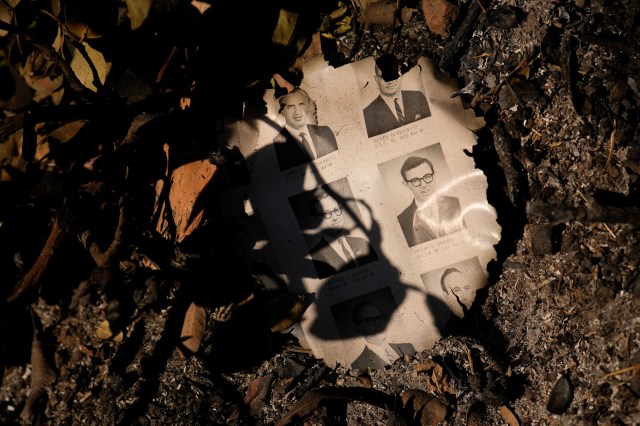Disaster Survival: The Hidden Mental Health Battle Nobody Talks About

When Disaster Strikes: Navigating Wildfire Evacuations with Clarity and Calm
In the face of a catastrophic event like California's devastating wildfires, the initial moments can be overwhelming. Panic sets in, and critical decisions must be made quickly. What treasured possessions do you grab? What can be left behind? The pressure of an evacuation order can paralyze even the most composed individuals.
The moments between receiving an evacuation notice and actually leaving are crucial. Your heart races, adrenaline surges, and rational thinking becomes challenging. Yet, this is precisely when you need to be most strategic and level-headed.
Experts recommend creating an emergency preparedness plan well before disaster strikes. This includes having a pre-packed emergency go-bag, important documents in a readily accessible folder, and a clear understanding of your evacuation routes. Prioritize essential items: medications, identification, insurance documents, some cash, and irreplaceable personal mementos.
Remember, your life and the lives of your loved ones are the ultimate priority. Material possessions can be replaced, but human life cannot. Stay informed, follow official guidance, and move swiftly but calmly when evacuation becomes necessary.
